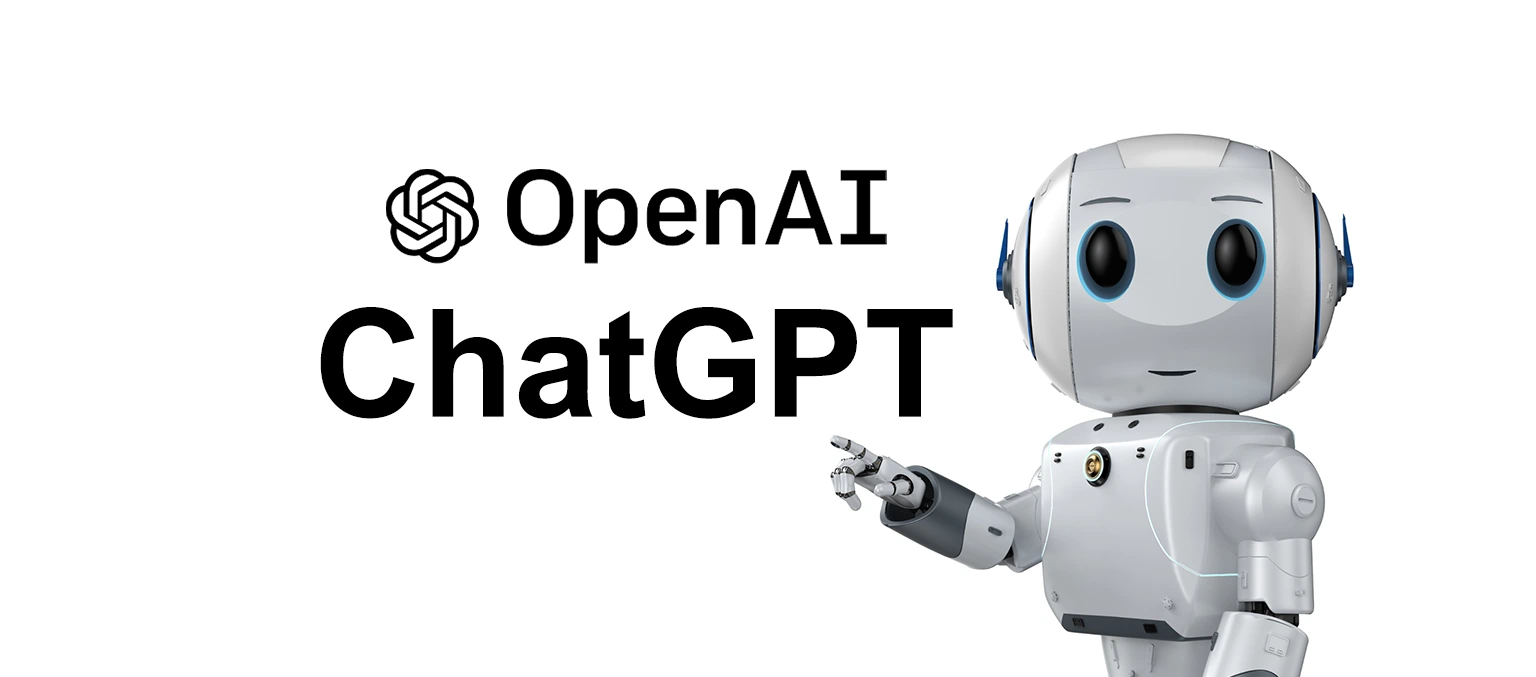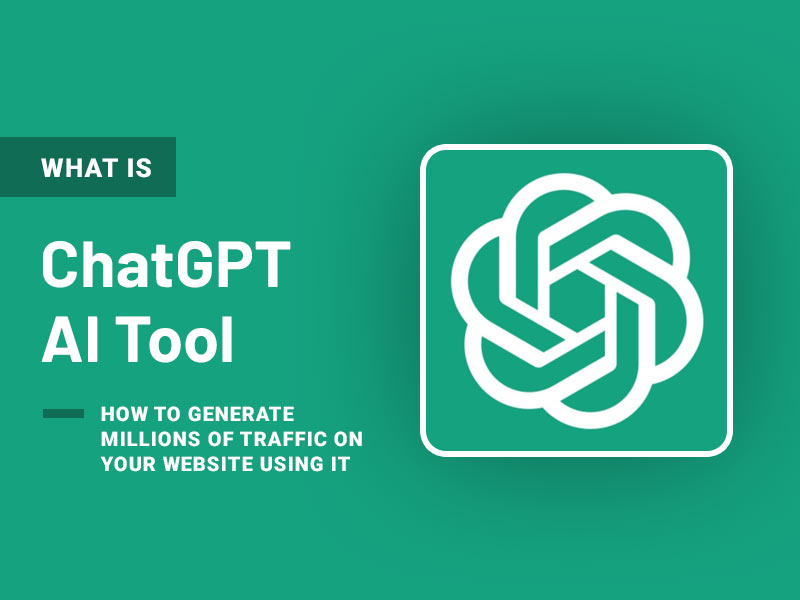What is Chat GPT? - An overview of the technology, what it is used for, and how it works.
Chat GPT, or Conversational Generative Pre-trained Transformer, is a type of language model developed by OpenAI that uses deep learning to generate human-like responses in natural language conversations. It is a sophisticated form of artificial intelligence that can be used in a variety of applications, including customer service, chatbots, and language translation.
Chat GPT models are trained using massive amounts of text data, such as social media posts, online forums, and other sources of natural language. The model analyzes this data and learns to predict the most likely response to a given prompt based on the patterns it observes in the data.
Once the model has been trained, it can be fine-tuned for specific tasks or domains, such as customer service or healthcare. In these cases, the model is trained on a smaller dataset of text data that is specific to the domain, allowing it to generate more accurate and relevant responses.
Chat GPT works by breaking down a given text input into smaller pieces, called tokens, and then processing these tokens through a series of neural networks. The model uses these networks to learn the context and meaning of each token, as well as the relationships between them. Once the input has been processed, the model generates a response by predicting the most likely sequence of tokens that would follow.
Chat GPT has many practical applications, including improving customer service, automating tasks, and streamlining business operations. It has also been used in language translation and other areas of natural language processing. While the technology is still relatively new, it has the potential to revolutionize the way we interact with computers and other machines, making communication more human-like and intuitive.
Overall, Chat GPT is a powerful tool for enabling natural language conversations between humans and machines, with many potential applications in areas such as customer service, language translation, and text generation. Its ability to understand and respond to natural language inputs is continually improving, making it an exciting area of research and development in the field of artificial intelligence.



No comments:
Post a Comment